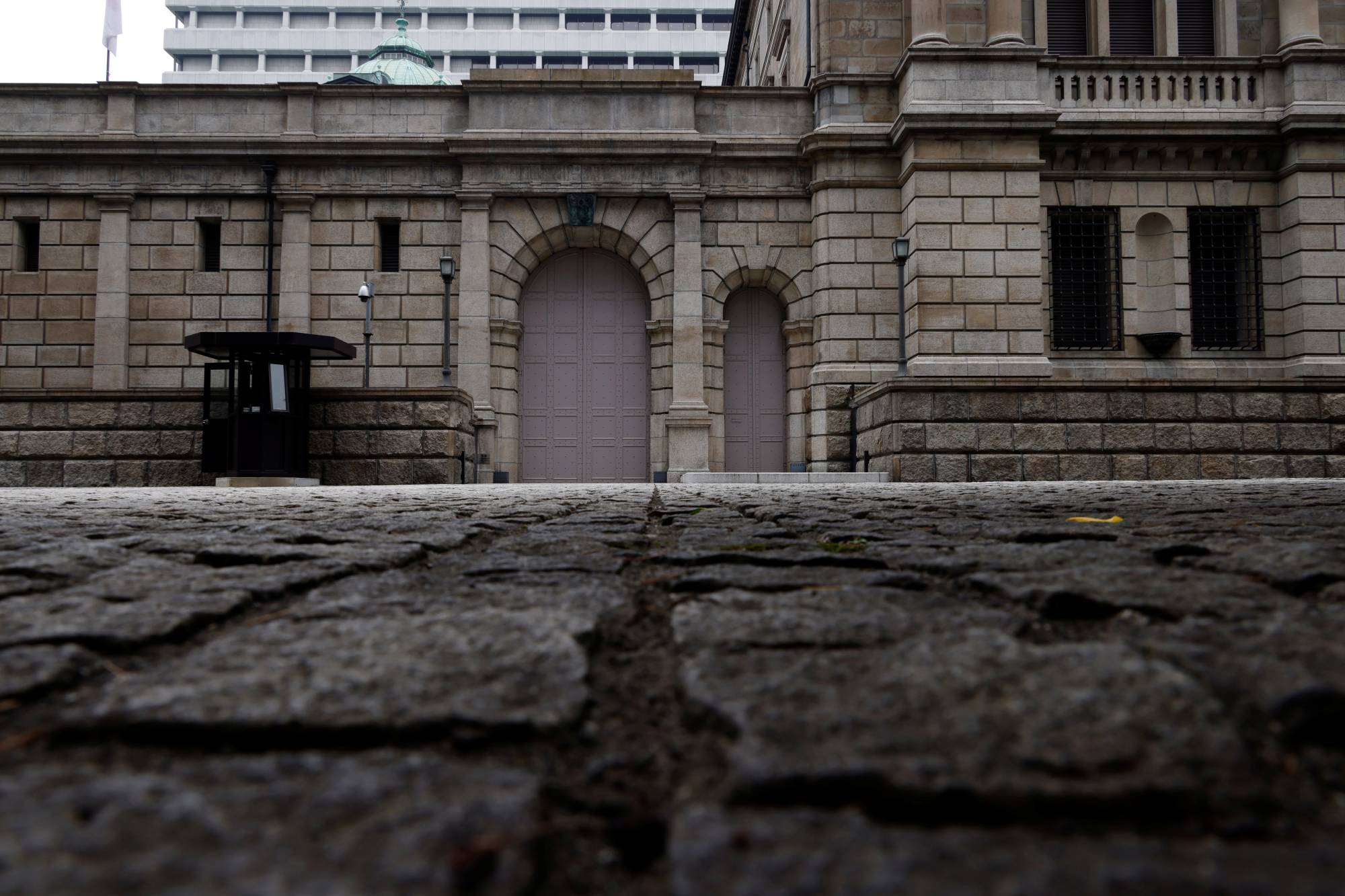The Bank of Japan retained its aggressive monetary easing policy on Thursday, ensuring it will remain a global outlier as other top economies raise interest rates in the face of soaring inflation.
In its quarterly outlook, the BOJ also bumped up its inflation forecast for fiscal 2022, which ends in March 2023, from 1.9% to 2.3% while revising down Japan’s real gross domestic product growth forecast from 2.9% to 2.4%, with the possible global economic slowdown due to rate hikes in other countries likely to impact Japan.
The decision by the central bank to keep its policy unchanged was widely expected among economists, with long-time Gov. Haruhiko Kuroda showing no sign of departure from his ultraloose monetary policy that consists of negative interest rates, yield-curve control and asset purchases.


















With your current subscription plan you can comment on stories. However, before writing your first comment, please create a display name in the Profile section of your subscriber account page.